… coloring alcoholic beverages. It is used for pill coatings and in the chemistry of histology as a pre-stain to research tissue and carbohydrates. It has been used as a paint historically and by modern day artists, but the color is not steadfast.
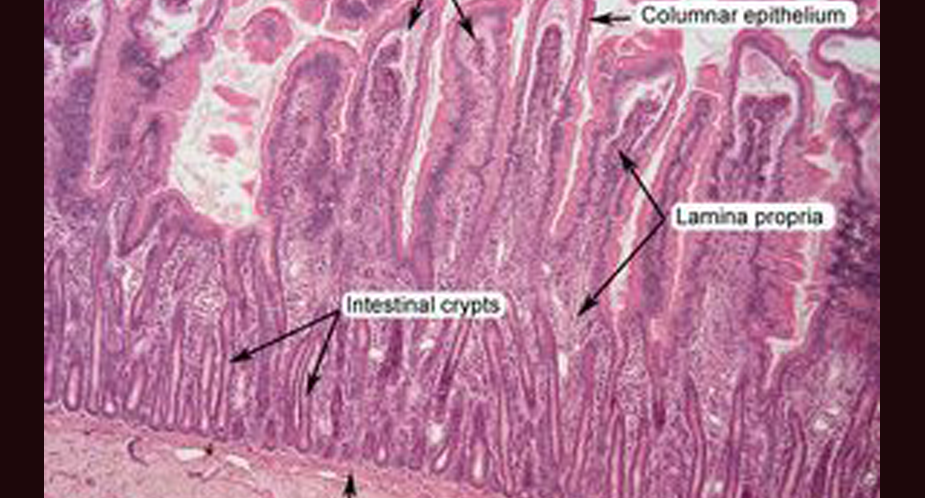

… coloring alcoholic beverages. It is used for pill coatings and in the chemistry of histology as a pre-stain to research tissue and carbohydrates. It has been used as a paint historically and by modern day artists, but the color is not steadfast.

…commercial food dye in baked goods, decorations, toppings, cookies, desserts, pie fillings, and jams. It is used in processing and color meats, sausages, processed poultry, and fruit like cherries. (Red dye No 4, the “natural” dye from bugs)
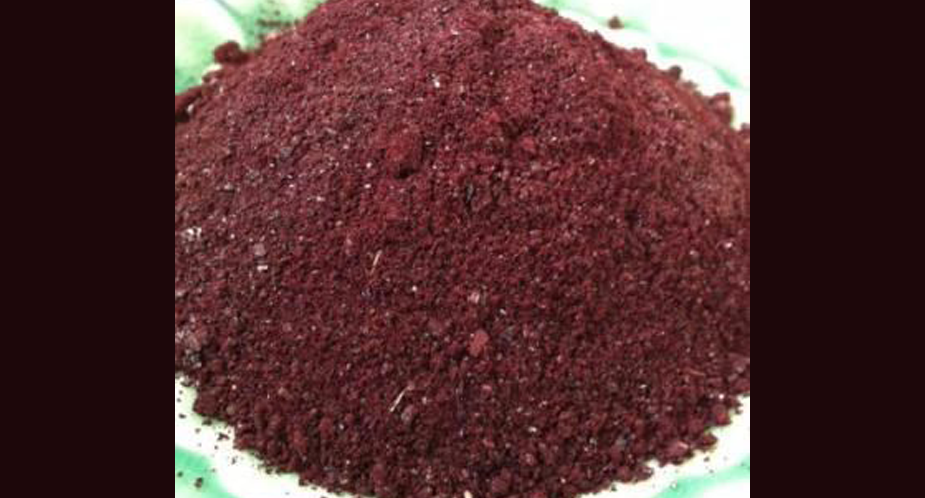
… “dye color”. It’s use from the 1850’s to present day went from textile dye to food, cosmetics, and science. Today it is known as “carmine cochineal” or Red Dye No.4 by the US Food and Drug Administration (FDA). (Photo: ground cochineal used as food dye)
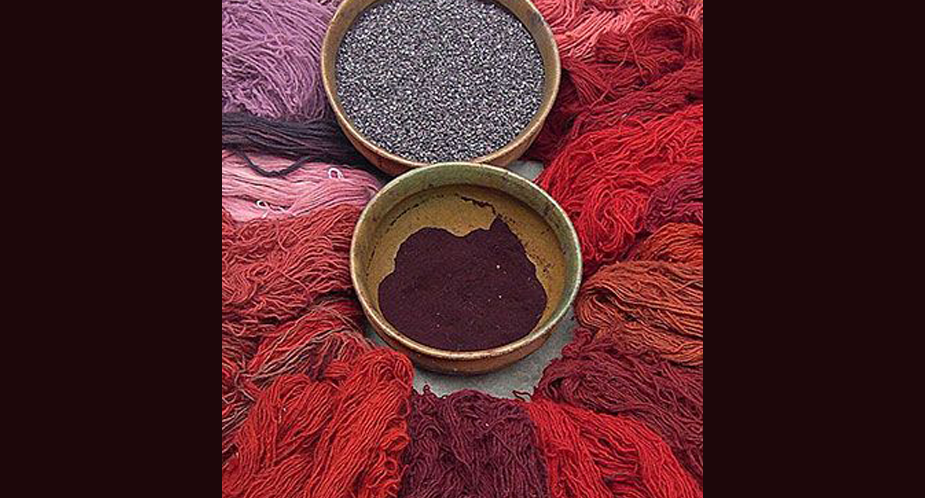
.. cochineal pretty much disappeared from the textile industry except for small pockets in America, Mexico, Peru, and South America. (Photo: today crafters practice yarn dying with cochineal to achieve different shades from orange to crimson to purple)

… scarlet, crimson, and oranges until about 1850 when synthetic reds were invented. Cochineal was a favorite because of its colorfastness, intense color, and ease to process and work. It was especially effective with animal textile fabrics such as wool because it adhered well to animal proteins, although it worked …

… contains 19-22% of carminic acid. When dried, the body of the bug is 30% of its live body weight. The insects are brushed off the pear cactus plant into baskets, and killed by either exposure to sunlight, heat of an oven, steam, or by putting them in boiling water. …

Downtown Powell, Wyoming – fundraiser with prizes and gifts. $30 luncheon includes the show. Reservations required – call Marybeth at 307-754-5399. Only a few spots left so call ASAP! See 19 ensembles; 10 are new this show! (Photo: Doty’s Return Debut wearing 1903 Full Mourning. Come see the original Gals …
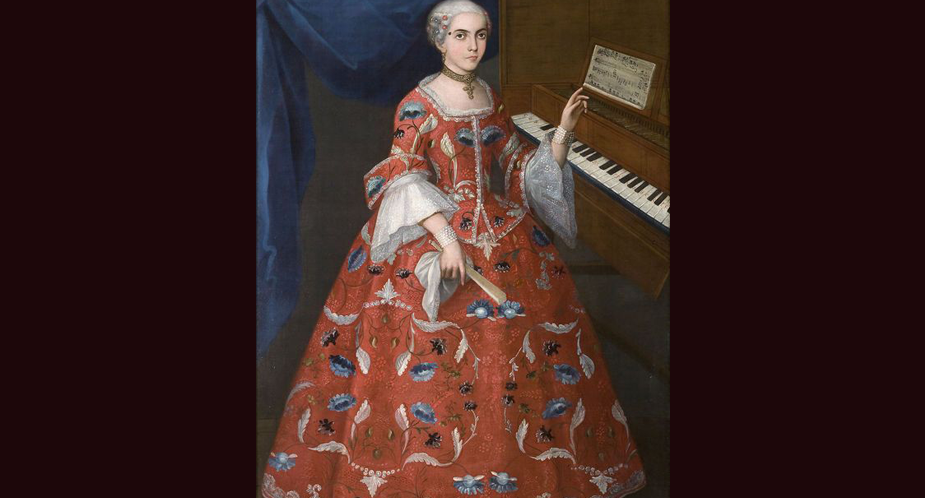
.. were importing from Mexico, processing, and exporting huge amounts of cochineal dyed yard goods to Europe. (Sketch of 1799 Colonial woman’s robe (dress) dyed with cochineal)
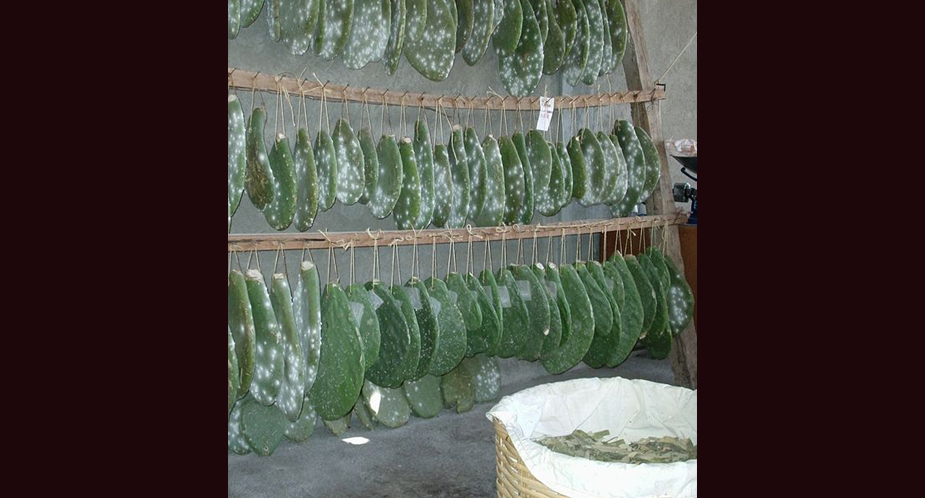
.. would use traditional methods to raise cochineal bugs for dye. Large commercial scale efforts by Spain and other European countries failed because the bug is subtropical. Some Australian “nopairies” still exist. The traditional method was to take healthy female bugs to already existing cacti that had the male bugs …
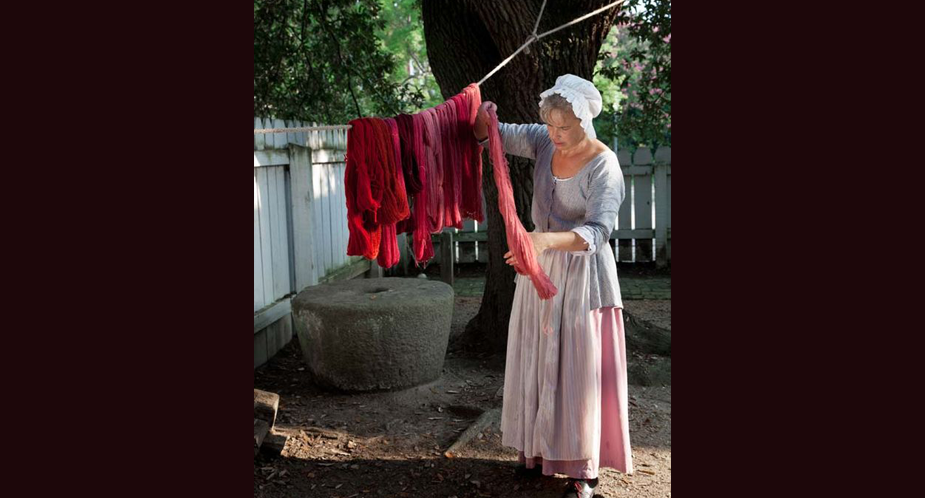
In the 15th-18th centuries, the Mexican area Oaxaca exported the most cochineal which held more trade value for those natives than even their silver. That same area today continues traditions of harvest and textile dye and weaving using cochineal. Until the Mexican-American War which ended in 1821, Mexico supplied the …